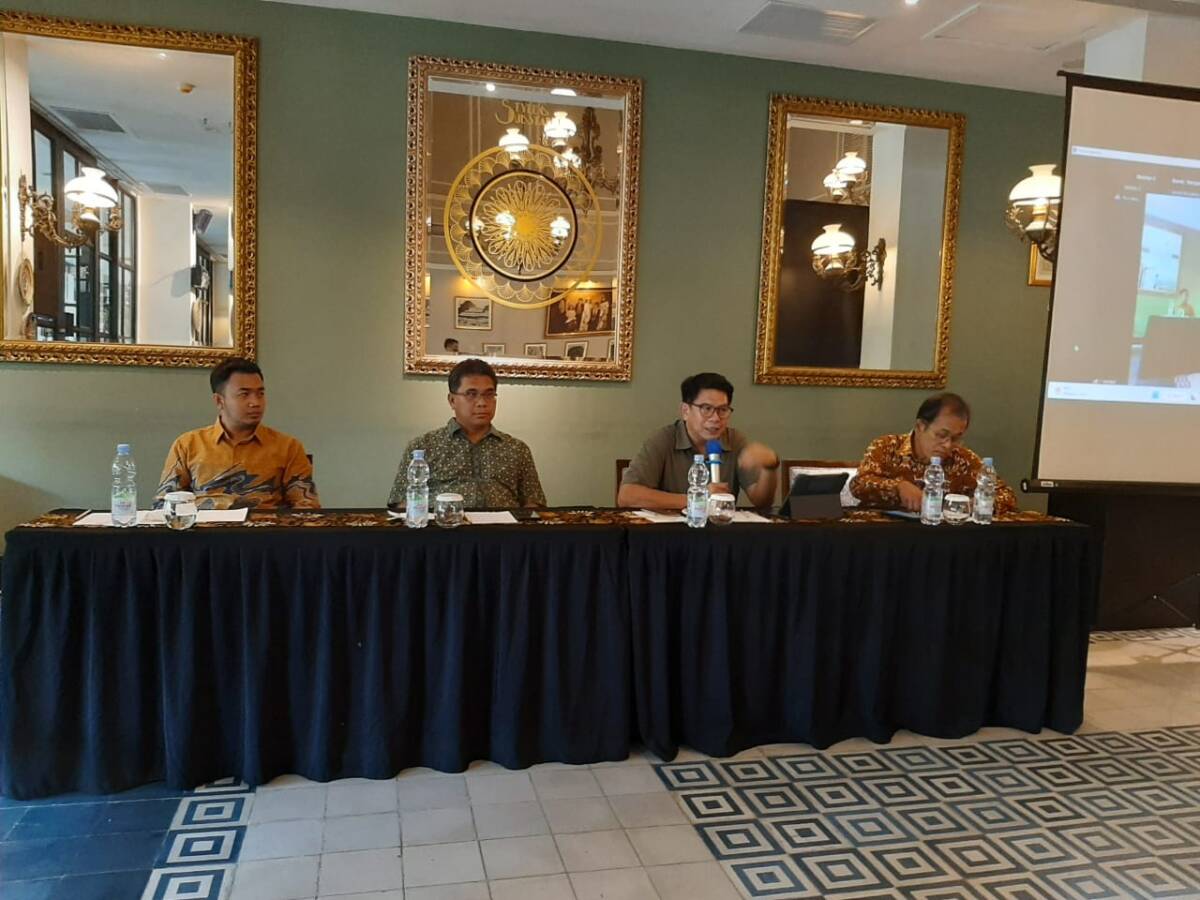Jakarta, 21 March 2023 – As one of the countries that participated in ratifying the Paris agreement in 2015, Indonesia is committed to reducing its greenhouse gas emissions. In 2022, ahead of the G20 Summit, Indonesia will renew its emission reduction commitment in the Enhanced NDC which targets Indonesia’s own emission reduction of 31.89% in 2030 and a renewable energy mix target of 23% in 2030.
On various occasions, solar energy has been said to be the backbone of Indonesia’s electricity system in calling for renewable energy mix targets and reducing emissions. Given its abundant technical potential, the speed of installation, and the flexibility of sizes that can be easily expanded, solar is the right choice for Indonesia’s current condition, which must increase its renewable energy mix in a short time.
Unfortunately, in the last year’s development, the support for the PV rooftop has been lacking from the electricity offtaker (PT PLN). Since 2022, PT PLN has renewed the capacity to install rooftop PV, which is only 10% -15% of the installed capacity. This limitation has an impact on the economic value of rooftop PV which becomes less attractive, both for consumers and rooftop PV entrepreneurs.
In a press conference held by the Indonesian Solar Energy Association (AESI), Association of Indonesian Rooftop PV Installers (PERPLATSI), Rooftop PV Association (APSA), Rooftop Solar Electricity Users Association (PPLSA) and Association of Indonesian Solar Module Manufacturers (APAMSI), Fabby Tumiwa , the Chairman of AESI stated that various challenges were still hindering efforts to increase solar energy in Indonesia.
“Planning large-scale solar PV in Indonesia is difficult to develop because there is no long term in the electricity system before the 2021-2030 RUPTL, the auction process is less consistent and less competitive, economies of scale are difficult to achieve because the auction is launched and on a scale of less than 20 MW, until the regulations of local content requirement (TKDN) which is not supported by the readiness of the domestic industry,” said Fabby.
The Ministry of Energy and Mineral Resources, starting in January 2023, revised the Minister of Energy and Mineral Resources Regulation No. 26/2021 concerning PLN customers installing PV rooftop. The revision of Permen ESDM 26/2021 has pros and cons, one of which was conveyed by Muhammad Firmansyah, General Treasurer of PERPLATSI, who stated that revision points such as eliminating the export-import of electricity from PV users will reduce the interest of potential customers to switch to renewable energy. Planning for a quota system per power grid system is also considered to hinder the development of rooftop PV.
“By imposing a quota for rooftop PV, it is like waiting for death to come. Because if the quota in one system is full already, customers can no longer install rooftop PV that are connected to that network,” said Firmansyah.
Yohanes Sumaryo, General Chairperson of PPLSA, stated that there is a change in the behavior of PV users. “Some of us are starting to change the rooftop PV system at home so that it is not connected to the PLN (off-grid) network, especially to avoid licensing problems and other burdensome requirements. Generally potential users are also confused by the new rules regarding settlement and new conditions such as load profiles.”
According to Yohanes, many users in cities with relatively high-power rates have started installing batteries so that they can make maximum use of rooftop PV. However, the Minister of Energy and Mineral Resources No. 26/2021 needs to be fought for to properly protect PV users.
The ESDM Ministerial Regulation No. 26/2021 has an impact on various supporting sectors for PLTS, such as the solar panel industry, which is becoming difficult to develop. Linus Sijabat, Chairperson of APAMSI, said on the same occasion that regulations related to TKDN are still a challenge for the development of the domestic solar panel industry.
“The TKDN issue in domestic industrial panels requires consistent regulation and serious implementation accompanied by financial support from the government, banks and financial institutions to improve the quality of domestic solar panels and make their quality competitive with imported solar panels,” he said.
Since 2013, APAMSI has attempted to invest in large amounts to advance the domestic solar module industry but has not been successful because the captive market and demand for solar energy in Indonesia are not yet clear.
The impact of completing the installation of the rooftop PV is also being felt by the people of Bali. Several cases stated that the community had installed the PV system according to Permen 26/2021 but could not fully use it.
“In Bali itself there are many obstacles, for example the rooftop PV installation that has been installed but not fully approved by PLN so that the installed rooftop PV system cannot be used in part, even though the community installed it according to Permen ESDM 26/2021, which is 100% of the installed power of the building,” explained Erlangga Bayu representing APSA Bali.
There are also many people who have even paid a DP (down payment) to install a rooftop PV but in the end canceled it because of the capacity limitation. Even though the community installs PV at their own expense and awareness with the motivation to save electricity costs and preserve the environment. Limiting the capacity of rooftop PV seems to be blocking the real contribution of community cooperation to achieving renewable energy targets and reducing greenhouse gas emissions.

